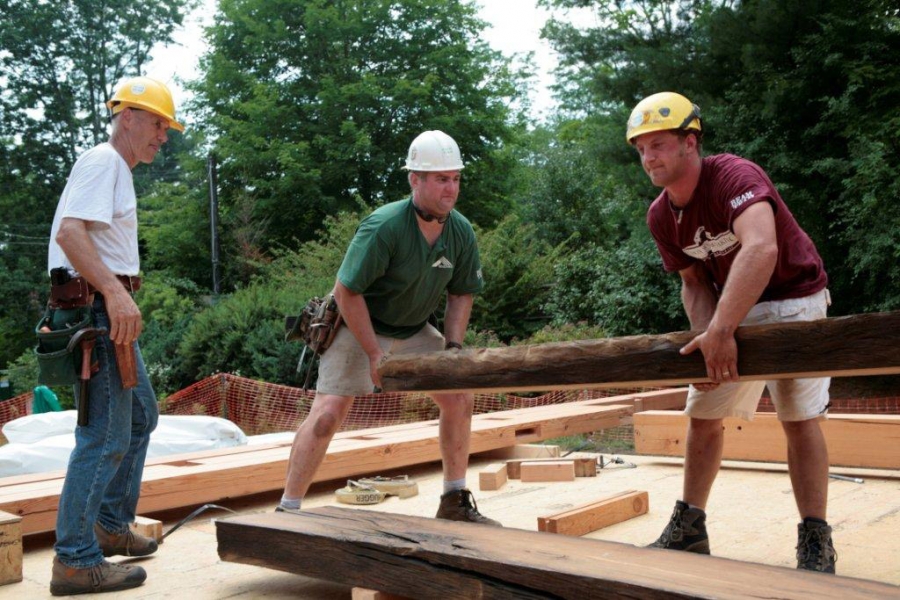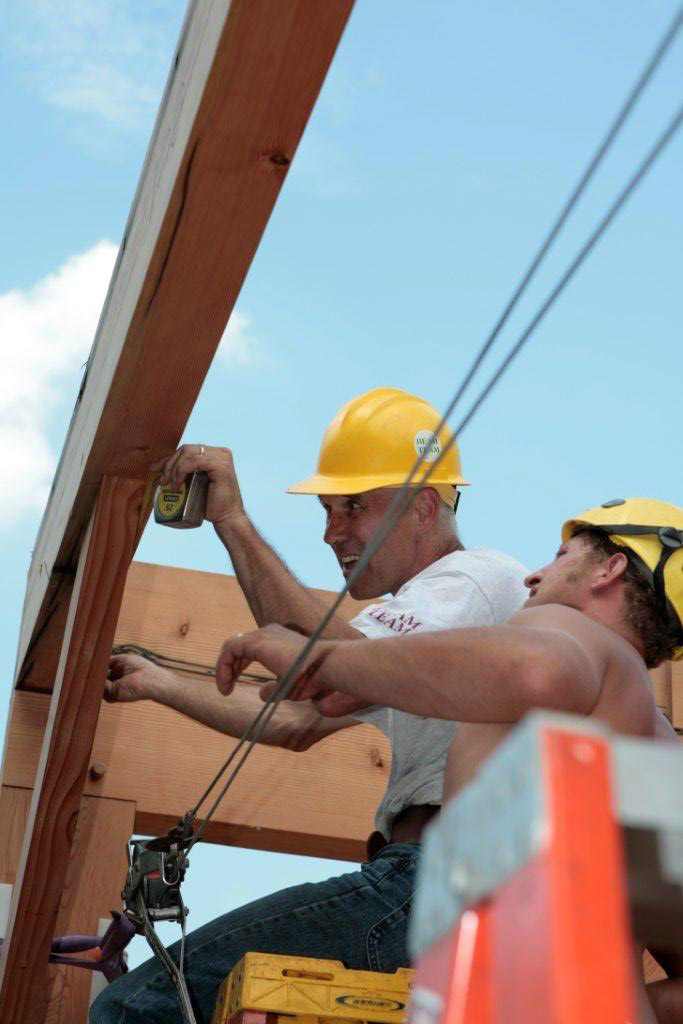To Build Means to Change
An interview with Tedd Benson on Open Building, an approach to building that embraces the changing needs of homeowners.
 Image courtesy of Bensonwood Homes
Image courtesy of Bensonwood Homes
Change is a constant. That truism applies to buildings and the building process just as it does to people and aging. Rather than building static structures that resist change, some are embracing Open Building, an approach to construction that taps into the changing needs of occupants and homeowners.
Tedd Benson is one of those advocates. As owner of Bensonwood and Unity Homes he has spent over 35 years working toward creating better buildings that offer occupants a better living experience and have less impact on the environment. Open Building pioneer John Habraken delivered a seminar to Benson and his staff in the early '90s. Since then Benson has been actively working to deliver the Open Building message by putting principles into practice through his Open-Built® system.
Just as the automobile and computer hardware industries use standardized organizational and design systems to track inventory, record standards, and provide a blueprint for design and manufacture, Benson figured homebuilding could benefit from the same standardization, so he developed Open-Built®, a standardized system of custom design that promises more precision, efficiency, and affordability while responding to the changing needs of homeowners and building occupants.
Changing needs

What works for a homebuyer upon purchase of a home may not work even just a few years after moving in: family size fluctuates, abilities diminish, aesthetics change. Open Building approaches buildings as constantly changing entities that can easily respond to those changes. Putting theory into practice, the Open-Built® system adopts a layered approach to building in which mechanical systems are disentangled (strategically separated from the structure of the home into layers to make renovation and upgrades to new technology easier), allowing for homeowners’ changing needs.
Easier access means less focus on the building phase. “Since an Open Building building is more organized, therefore offering easier access to the service and finish layers, there’s less anxiety about making decisions and predicting the near- and long-term future because the short-term and long-term aspects of the building are not entangled,” Benson stated. “The homeowner simply has more control even if the initial considerations turn out to not be accurate. The result is that the homeowner isn’t so pressured because design and process decisions are not weighty with finality.”
Open Building stresses the importance of making design adaptable to people's changing needs otherwise occupants’ lives become generic. “Most residential design isn’t for adaptation, nor is it for specific inhabitant requirements, but rather for a predetermined profile judged by the production builders to meet the requirements of most people,” Benson says. “They didn’t design for anybody in particular, but for what they judged to be a large segment of the population in a generic prediction. As a result, the typical American home is hopelessly entangled and therefore inflexible, forcing inhabitants to adapt to the home; it isn’t designed to adapt to them. Their lives are at least partially forced into the pattern of that generic design prediction.”
Public and private needs
Open Building embraces the building process for both the needs of the public and the needs of the private homeowner. As a part of the public landscape that will outlive homeowners, buildings play a role in the structure of the community. What goes on inside the home is a different matter. Occupants should have full control of the infill, and for that reason Open Building systems such as Open-Built® are designed to facilitate occupants’ natural relation to their living environment.
Aside from their effect on the community, buildings also have a massive impact on the environment. Benson feels that durability is the essence of sustainability, believing that homes should be built to a 250-year standard — another reason why he’s an advocate of Open Building. “Since the infill is designed for renewal and access, there is more opportunity for parts, components, and equipment that are all demountable, reusable, and recyclable,” he says. “So the community gets a long-term asset, the occupants get a building that adapts to them, and the environment benefits from less demolition and the usual landfill impact."
Open building, not open sourcing
With the proliferation of the open source movement in computer software, the term “open” has taken on the popular meaning of "freely available," especially regarding design and implementation data that designers can use innovatively to meet their own needs.
In regards to Open Building, the term "open" relates to the enhanced adaptability of homes. But, Benson says, it does not need to stop there. "The industry needs to come together to create an environment in which suppliers, manufacturers, designers, and builders can all make, create, and deploy with a host of agreed upon standards,” he states. “This will make good design more available and good building parts, components and equipment more affordable. In the coming year, we intend to make a formal proposal in this regard and we’ll invite everyone to participate."
How many people will be “open” to Open Building is another matter. Despite the efforts of Benson and other advocates like Habraken, who has been talking about it since the '60s, many builders who know about it choose to deny its relevance.
"Open Building is a disruptive idea. It inherently unseats the status quo assumptions about how design and construction should proceed,” Benson stated. “The main thing I want builders to know is that the change is coming — just as it has in every other industrial activity — and they can either be victims or beneficiaries of the inevitable."


UB Hawthorn
UB Hawthorn edits and writes for the Engaged Living Network of sites: Green Building Canada, Green Home Gnome, Greenhouse Gnome and The Mindful Word. You can connect with him on Google+.








